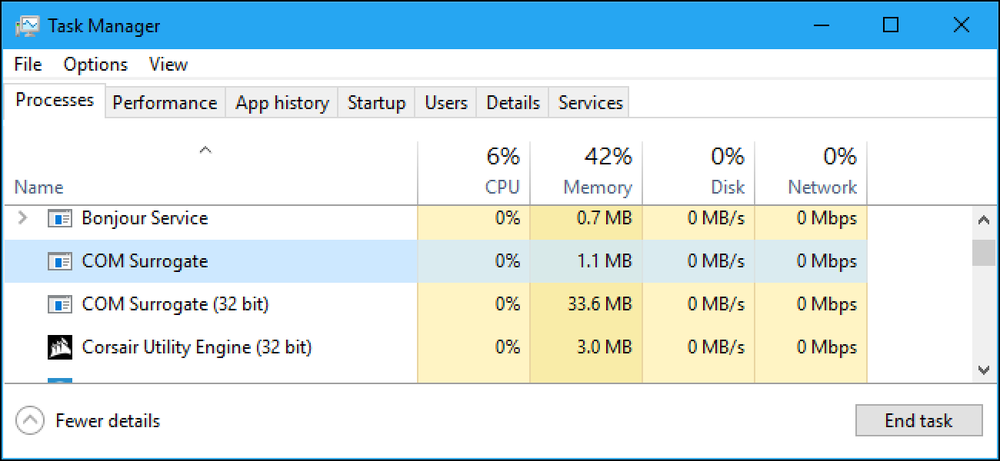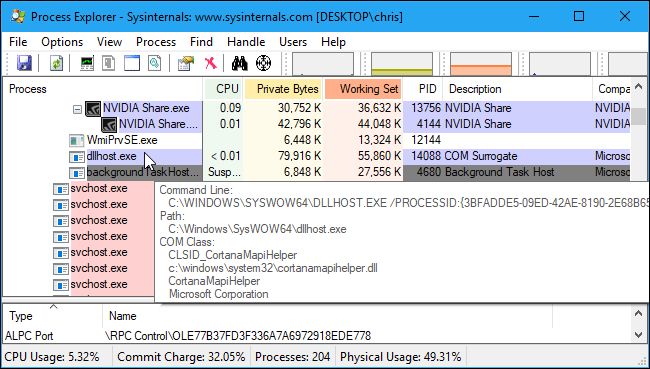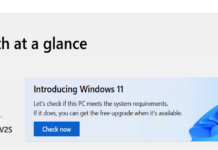Have you at any point seen the COM Surrogate process in the Windows 10 task manager? I was browsing through the list of processes and saw two of them running on my system. COM Surrogate is one of those processes that you may discover running in your Windows 10 task manager. You may even discover more than one Com Surrogate process running simultaneously. Assuming this is the case, don’t stress — COM Surrogate is not a virus.
Table of Contents
What is Com Surrogate (dllhost.exe)?
COM represents the Component Object Model. This is an interface Microsoft presented in 1993 that enables developers to make “COM objects” utilizing a wide range of programming languages. Basically, these COM objects plug into different applications and expand them.
Notwithstanding, this can prompt issues. If a COM object crashes, it will bring down its host process. At a certain point, it was common for these thumbnail-generating COM objects to crash and bring down the whole Windows Explorer process with them.
For instance, the Windows file manager utilizes COM objects to make thumbnail images of images and different files when it opens an envelope. The COM object handles processing images, videos, and different files to create the thumbnails. This permits File Explorer to be reached out with help for new video codecs, for instance.

How to Fix Com Surrogate?
To fix this kind of issue, Microsoft made this process. This process runs a COM object outside the original process that mentioned it. If the COM object crashes, it will just bring down this process and the original host process won’t crash. For instance, Windows Explorer (presently known as File Explorer) begins this process at whatever point it needs to produce thumbnail pictures. This process hosts the COM object which takes the necessary steps. If the COM object crashes, just the COM Surrogate accidents and the original File Explorer process will fight the good fight.
Can I disable it?
You can’t disable this process, as it’s a necessary part of Windows. It’s really only a container process that’s utilized to run COM objects that different processes want to run. For example, Windows Explorer (or File Explorer) regularly creates a COM Surrogate process to generate thumbnails when you open an organizer. Different programs you use may also create their own COM Surrogate processes. All the dllhost.exe processes on your system were started by another program to accomplish something that the program wants to be finished.

Is Com Surrogate a Virus?
Open your task manager and check the COM Surrogate process location. If it’s located someplace in System32 then it is probably not going to be a virus.
COM Surrogate doesn’t utilize much memory nor CPU power, and usually has close to two instances running. If you have several COM Surrogate instances on your task manager and your CPU usage is spiking because of it, at that point you may have a virus disguised as COM Surrogate.
If you’re worried that malware is abusing the dllhost.exe or COM Surrogate process, you should run a scan with your favored antivirus program to discover and expel any malware present on your system. If your antivirus program of the decision says all is well yet you’re suspicious, run a scan with another antivirus tool to get a second opinion.
How to find if Com Surrogate is attacked by a virus?
Open task manager, click directly on the process and select Open file location, you can discover the source location of the process. If the COM Surrogate process has appeared at the location to a file called ‘dllhost‘ in the C:\Windows\System32 envelope in the PC, it is anything but a virus. If it navigates somewhere else, you should run a virus scan immediately.































